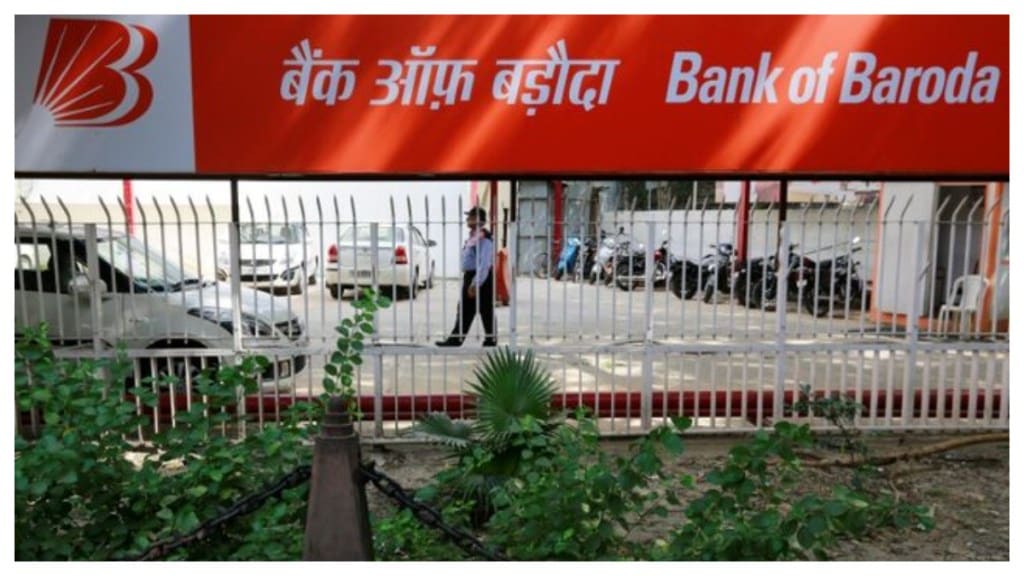Bank of Baroda (BoB) could cut interest rates on deposits in the second or third quarter of the current financial year, even as lenders face a stiff competition in deposit mobilisation, managing director and CEO Debadatta Chand tells Piyush Shukla in an interaction. Excerpts:
While deposit market remains heated, you mentioned cutting interest rate going ahead.
Our cost of deposit remained flat in the June quarter as compared to the previous one. In the March quarter, it had risen almost 11 bps sequentially. The interest rate structure depends on the broader regulatory rate stance and availability of liquidity. Availability of liquidity has of late improved. I think that may prompt more liquidity being parked in bank deposits, in which case we may be able to reset deposits at a lower rate. That may happen in Q2 or Q3.
How much will deposit rate fall?
It depends on the outcome of the US Fed meeting. Markets expect the Fed to cut rates between October and December. If rate cuts happen, things will improve.
There was an uptick in retail fresh slippages in Q1. Which retail products have they emerged from?
It is more of a seasonal thing. On the housing side, there is a group account which is subsidy dependent, we expected to receive that subsidy to update the loan, but that did not happen. Otherwise, I don’t think retail slippages are rising, collection efficiencies are also stable at the moment.
Non-interest income was lower by 25% in Q1FY25. How do you plan to improve it?
Because of the reclassification of investment norms, we have reported lower treasury income in the current quarter, against the year-ago period. But, we need to look at long-term benefits of the norms on our reserves. A large portion from AFS (available for sale) securities is going to the reserves. This has led to an almost 30-bps rise in common equity tier-I ratio (CET-1). So, on the overall capital front, it is a zero-sum game.
Now, more focus would be on commissions from exchange transactions and the brokerage business, which has slightly degrown. We have revised our card rates, and the moment we scale up corporate business, processing fees will rise. We had a very strong non-interest income position earlier, and with sanctions in the pipeline, the growth will pick up going forward. While we saw a dip in investment business’ commission income, Q2 is fairly balanced and this will reflect in improved numbers.
You mentioned having 12-15% moderation in LCR due to RBI draft norms. Will you shore up reserves to compensate, or focus on more granular, branch-led sticky deposits?
Even if there is a 15% hit, the liquidity coverage ratio (LCR) will be in the range of 123-124%. The ideal scenario for us is to maintain the LCR at 120%, if the draft norms are implemented in their entirety. To maintain the LCR at 120%, deposits should continue to grow at the current level. We are not planning to reduce any digital channel of deposit sourcing.
Will it be challenging to identify wilful defaulters with over Rs 25 lakh outstanding classified as NPA, and give personal hearing to every defaulter due to scale of the bank?
There is a committee within the bank to classify a borrower as a wilful defaulter. The latest guidelines ask lenders to give a fair opportunity to borrowers to submit their responses and allow a meeting if the borrower seeks so. We have a large work force, so I don’t think that would be a challenge. While we have a bank committee, two levels have been added wherein we have to inform borrowers in a letter that they have been identified as wilful defaulters. With regard to personal hearing, I think these are transparent practices and will not have an impact on business resources.
